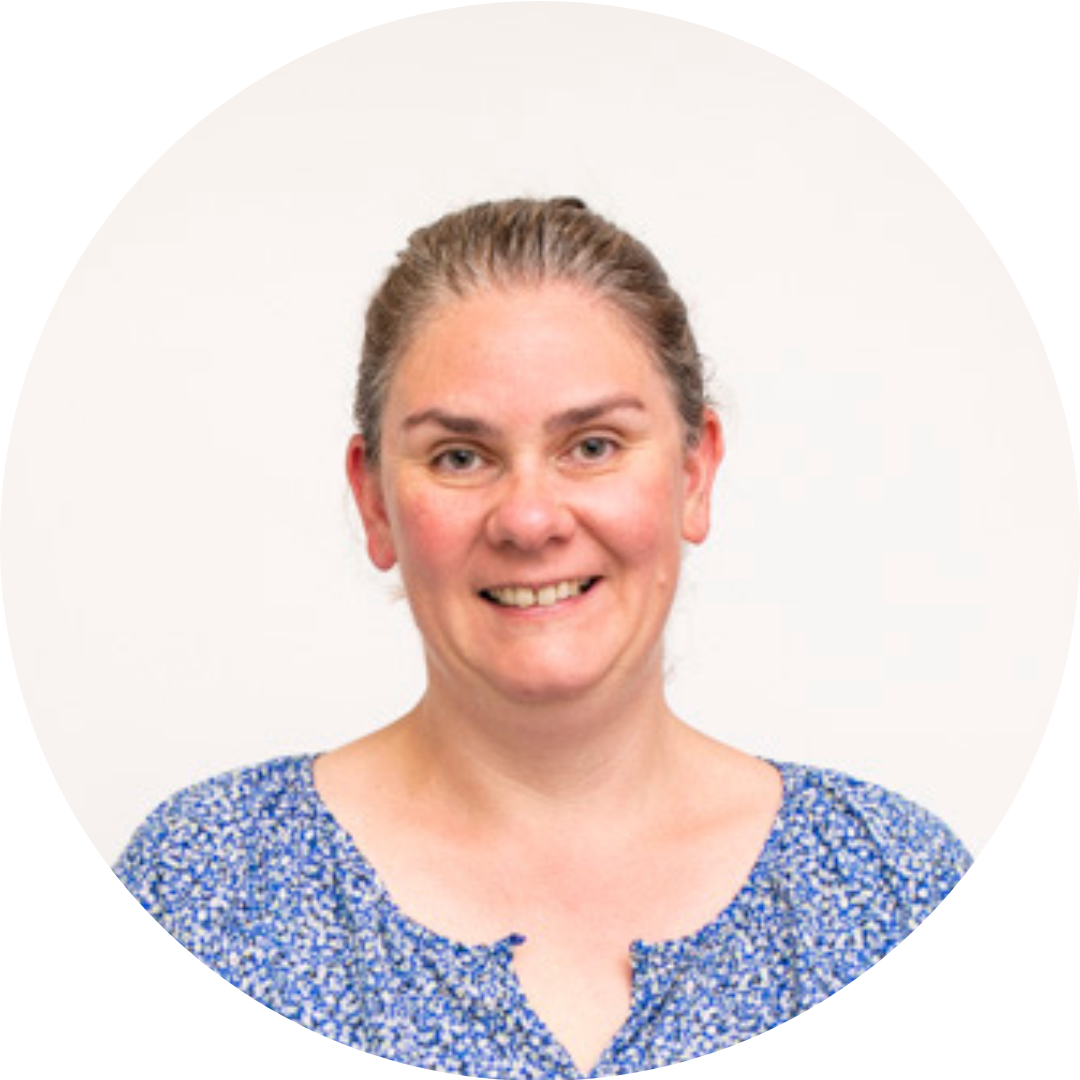
H: Sally, it's a pleasure to sit down and chat today. To kick things off, could you tell me a bit about yourself and how you became interested in data?
S: I got into data sort of by accident. I studied philosophy at university - which is possibly the most real-world useless degree subject I could possibly have come up with - but at least served to prove I could understand, remember and debate various topics to a high standard (I was the only person to get first class honours that year!).
At that point I was living in Canterbury, and didn’t want to leave just yet, which significantly limited the pool of graduate jobs available. This is probably the main reason I took a graduate role selling marketing data lists for TRG Strata, then a subsidiary of The Read Group (TRG).
The value of data to an organisation was really eye opening for me, and over the next couple of years I became a bit of an evangelist for ‘doing it right’! I did a few different roles over 8 years at TRG, before joining DCX as a Project Manager on a variety of data-centric client projects.
H: How did you make the jump from a Project Management to Head of Data & Systems?
S: Some of my early projects after joining DCX were working with Department of Health and Social Care (DHSC) on citizen interventions such as Stoptober and 10 Minute Shake Up. As a progression from that I moved to be the Account Director on DHSC, which involved leading the client services team responsible for that account (and a couple of others). I’ve always been pretty hands on in my work, and this was a really great role for me as it combined documentation, project management, reporting, a little bit of hands-on data work (simple counts and queries) and managing a team. While this wasn’t my first experience of leading a team, I found I was much better at it by that point in my career than I had been in earlier years when my experience perhaps wasn’t quite up to it!
From that I moved into the Consultancy team, which gave me the opportunity to spend more time documenting and scoping (and providing more technical solution support) for a wider variety of clients and solutions, but lost some of the parts of my previous role which I had enjoyed, and so when the vacancy came up for Head of Data & Systems I jumped at the chance, and quickly realised I had loads of ideas on how I could add value in this team.
H: What excites you about data and technology / systems?
S: I love creative problem solving – whether that’s the business problems that data can solve, problems with data and data processing itself, or coming up with ways to improve our own processes. A big part of my role falls under what I’d broadly call ‘solutionising’ – getting from an as-is to a workable solution to meet the future objectives of our clients, which is a real privilege and means that I feel like I am constantly learning.
H: Huge congratulations on winning Data Specialist of 2023 at the Digital Women Awards. How do you feel about being recognised by peers in your industry?
S: I really didn’t expect to win this award! I attended the awards feeling pretty relaxed; it was great to be on the shortlist for the category, but as the shortlist had been announced several months ago I’d already got used to that, and I wasn’t expecting anything more. It was quite overwhelming to see my name up on the screen when they announced the winner. I am trying to avoid the temptation to downplay this and keep it quiet, as I don’t think women shout about their achievements enough!
H: Speaking of, as a woman in a leadership position in data and systems, what do you think about women in this industry?
S: I have several great women in my team – but less women than men, a pattern that is seen all to often.
It’s easy to say that it should always be ‘the best person for the job’ and on the surface I agree with this – we all benefit when we have the best people in the right roles. But one of the big problems with this statement is that who we think will be ‘best’ can be subject to bias on gender, race and age, amongst other things – regardless of the characteristics of the person making the decision.
There are loads of studies on gender bias of different types. Women’s performance tends to be underestimated while men’s performance is overestimated. We are less likely to give women credit for their accomplishments, and more likely to blame women for mistakes. Women are more likely to be talked over or interrupted (by men or other women). Women are more likely to be described as intimidating or bossy when they assert themselves – but if they avoid asserting themselves then they are seen as less effective. Women are hired and promoted based on past accomplishments while men are hired based on future potential.
I’ve been lucky enough to benefit from a brilliant mentor and manager for most of the last 10 years of my career, and she has been instrumental in giving me many of the opportunities I have had, and on limiting the impact of these biases in my own career. Hopefully we can keep moving towards this being the norm and not the exception.
H: How do you think we could get more women interested in data and technology as a career?
S: That’s a difficult one! While there are a few people who know exactly what they want to do with their lives from a young age, most people don’t, and where they end up is a product of their strengths and preferences, and the opportunities they find in front of them, sometimes with the odd wrong turn or meander along the way (like my degree in philosophy). That means that addressing bias is crucial so that those opportunities are just as likely to present themselves to women as men – and women are just as likely to think they can take advantage of those opportunities when they do come up.
One of the main ways to address bias (as well as recognising and looking for it) is having clear criteria for assessment which are set before you consider the person being assessed – for example set questions and scoring criteria when interviewing for a role. This is something we are increasingly doing across all roles.
Aside from that, we need to be doing more to shout about what is great about roles in this area. Flexibility, challenge and continuous learning and development, along with the opportunity for working alone as well as part of a team are all great things about data and technology roles. Not enough people get to hear about this though, or at least not early enough.
One way to reach a younger audience is through work experience. We’ve recently started offering work experience opportunities for young people at DCX, and as we move to offering and promoting this more widely, we can reach young people we wouldn’t otherwise – and if they come in and see people like them in fulfilling roles in data and technology, they are more likely to consider the area for themselves.
H: What's big right now in your world?
S: The opportunities offered by modern technology – including the likes of Snowflake – are extremely exciting. Even just recently we have designed and developed some client data solutions which offer a major step forward in capabilities compared to what was there before, but which even more importantly offer the ability to really grow and move forward in the future.
I am so excited about what we can do here, including more extensive use of near-real-time data and incorporating wider data sources to really drive better communication with customers and prospects. A lot of historic limitations can be avoided with a more modern tech stack and lots of our clients are now looking to throw off the historic shackles to really take advantage of what is possible.
H: And where do you see the future of data and systems?
S: McKinsey stated the top 3 characteristics to define data-driven enterprise of 2025 as:
- Data embedded in every decision, interaction and process
- Data is processed and delivered in real time
- Flexible data stores enable integrated, ready to use data
Real time (or near-real-time) data, and fully integrated data has long been an aim for many organisations, but often been a bit of a pipe dream where underlying systems and processes simply don’t support it. More clients are moving away from these limits and over the next few years I think we’ll see those that don’t being left behind. Supporting clients in these areas will, I am sure, continue to be a big part of our business.
The other big thing I want to mention is AI. AI requires data, so integrated real time data is critical to really take advantage of AI opportunities, and for many organisations there is still a lot of work to be done to work out what they want AI to achieve, as well as how to go about achieving it and how to measure success and build on the foundations.
AI requires care, both to ensure accuracy and ethical use, and to avoid bias – and it is important that organisations apply rigorous controls and governance from early on or risk a mess later on (governance rules seem to be falling behind usage behaviour – but I have no doubt that the rules will come!). Exciting times which will force us to keep growing’ learning and evolving, and which will require disparate teams to work more closely together than perhaps they have done historically.
Fancy working with Sally?
For over twenty years, Sally and the DCX team have been helping brands understand their customers better, transform how they communicate across multiple channels, as well as make and save money.
Whether you need support with collecting, connecting and analysing data for new insights to help increase sales, improve customer loyalty and craft better experiences, or you’d like advice on how to better understand and communicate with your customers, we can help.


